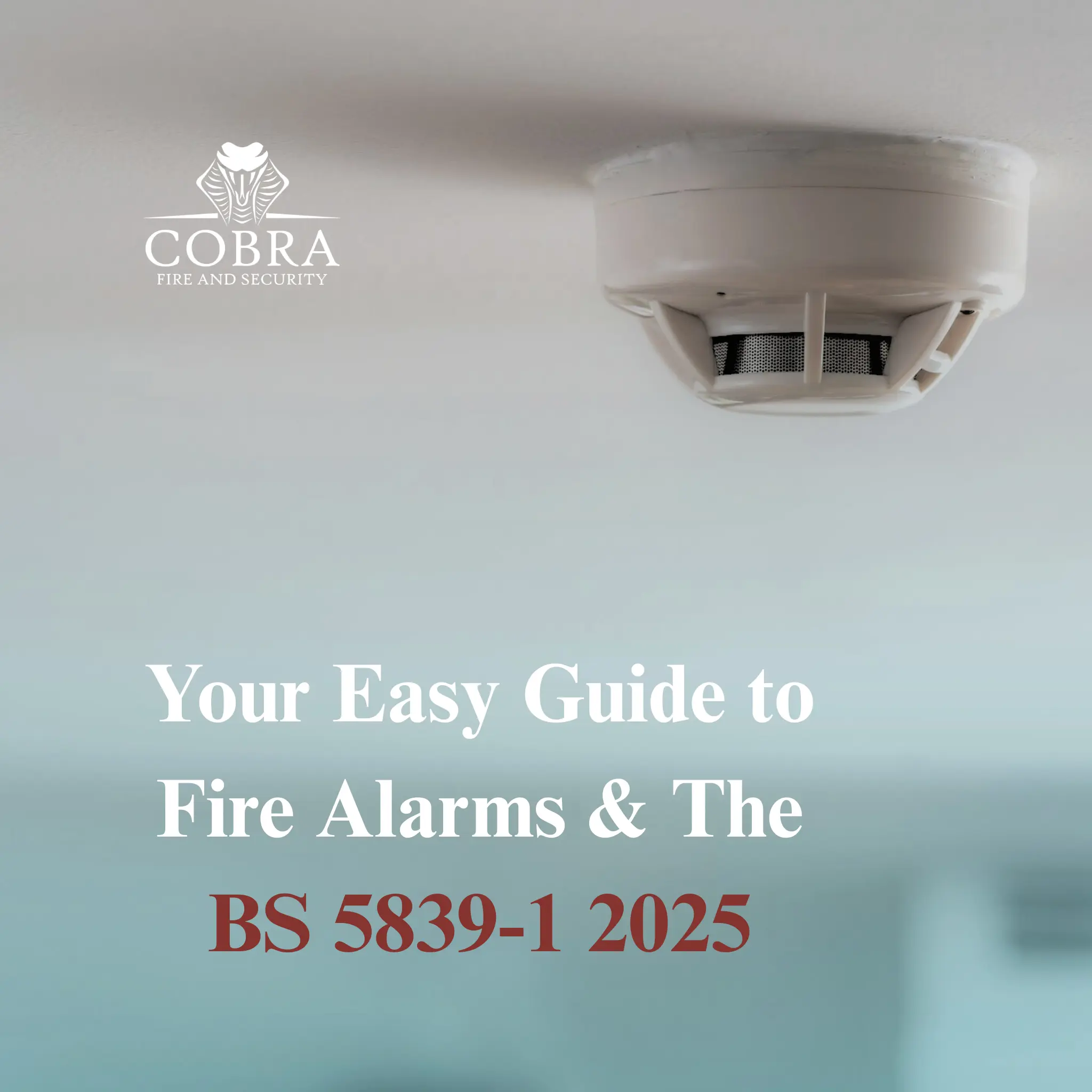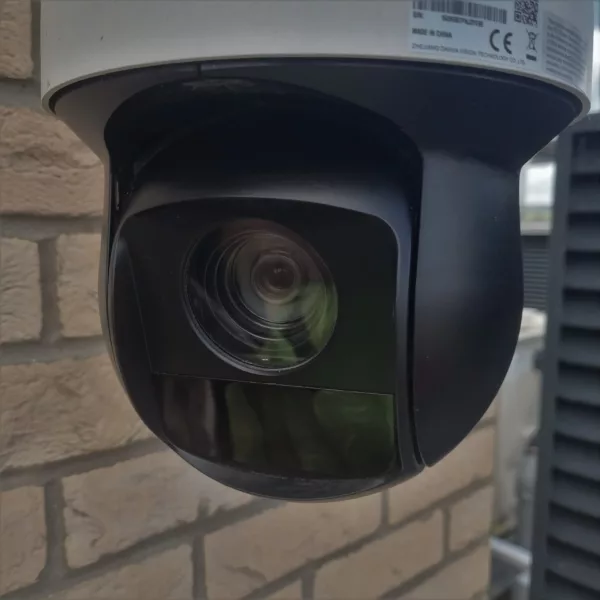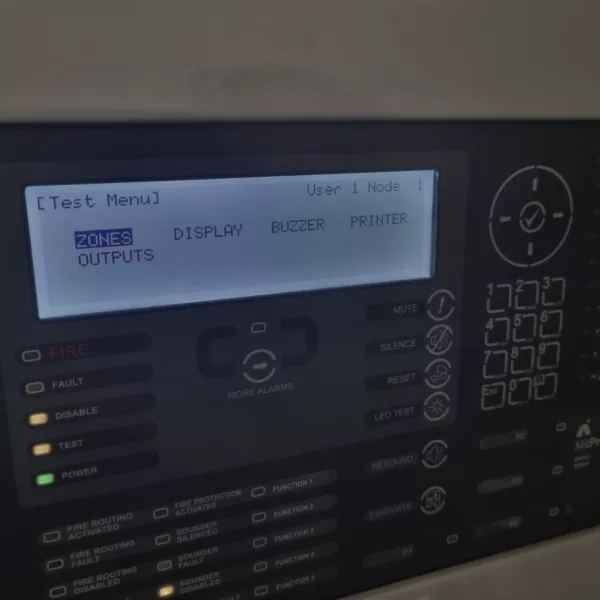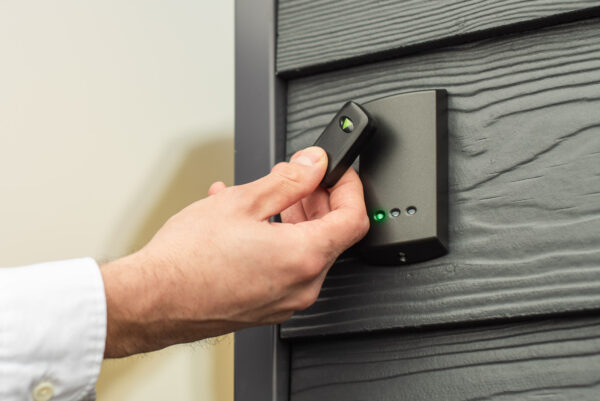
When it comes to fire safety, you can’t take chances. That’s why the UK has clear standards that ensure every fire alarm system is designed, installed, and maintained to a high level. The most widely recognised of these is BS 5839, the British Standard for fire detection and alarm systems.
At Cobra Fire & Security, we help businesses, landlords, and developers across Hull and East Yorkshire stay compliant with these standards — including the latest 2025 updates.
What Does BS 5839 Cover?
The standard is divided into two main parts:
-
BS 5839-1:2025 – For fire alarm systems in non-domestic premises such as offices, schools, hospitals, and factories.
-
BS 5839-6:2019+A1:2020 – For domestic premises including houses, flats, and HMOs.
Together, they set the benchmark for reliable fire alarm design, installation, commissioning, and ongoing maintenance.
Why Is This Standard So Important?
Following the British Standard isn’t just about ticking a box — it’s about creating safer buildings. Here’s why it matters:
-
Legal compliance – The Regulatory Reform (Fire Safety) Order 2005 requires suitable fire detection. Adhering to this standard is the recognised way to comply.
-
Life safety – Reliable fire detection ensures fires are spotted quickly, giving people more time to evacuate.
-
Insurance requirements – Many insurers expect fire alarms to be designed and maintained in line with national standards.
What Changed in the 2025 Update?
In 2025, the standard was revised to reflect modern building practices and lessons learned from recent incidents. Some of the key updates include:
-
Clause 6.6 – Risk Assessments: Clearer rules on using evidence-based assessments.
-
Section 7 – Documentation: Stricter requirements for zone plans and system records.
-
Clause 19 – Evacuation: New guidance on phased evacuation strategies and voice alarm systems.
-
Maintenance: Stronger emphasis on ongoing inspections, testing, and record-keeping.
Want a deeper breakdown? Read our full BS 5839-1:2025 update blog where we explain every change in detail.
Who Needs to Comply With BS 5839?
The requirements apply to a wide range of buildings and stakeholders, including:
-
Businesses & commercial premises – Offices, retail units, factories, schools, and healthcare sites.
-
Landlords & HMO owners – Must ensure fire detection meets BS 5839-6 requirements.
-
Public sector organisations – Councils, universities, and hospitals.
-
Developers & contractors – From design to commissioning, compliance is essential.
If you manage or own a building, you play a role in making sure the fire alarm system is compliant and properly maintained.
Stay Compliant With Cobra Fire & Security
We design, install, commission, and maintain fire alarm systems that fully comply with BS 5839. Our engineers work across Hull, Beverley, Goole, Scunthorpe, Grimsby, and throughout Yorkshire.
Get in touch today for a free consultation on BS 5839 fire alarm compliance.
Reviewed: 07/09/2025 Our articles are reviewed regularly. However, any changes made to standards or legislation following the review date will not have been considered. Please note that we provide abridged, easy-to-understand guidance. To make detailed decisions about your fire safety provisions, you might require further advice or need to consult the full standards and legislation.
Share this article
Written by : Michael Winter
Follow us
A quick overview of the topics covered in this article.
Latest articles
December 14, 2025
December 14, 2025
December 14, 2025









